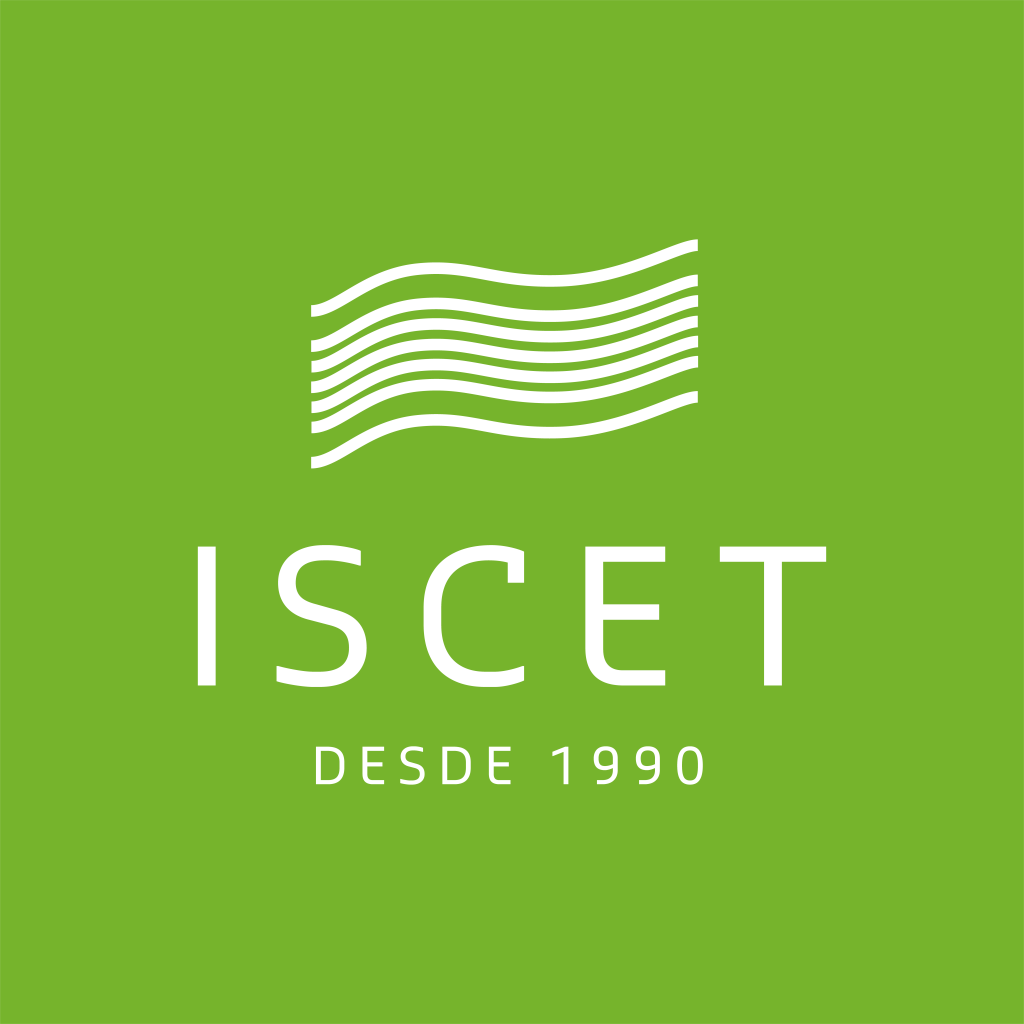Social marketing through (S)CSR initiatives implemented by football clubs and their impact on communities
Luís Godinho1 and José Magano 
 1
1
1 ISCET – High Institute of Business and Tourism Sciences, Porto, Portugal
To cite this text:
Godinho, L. & Magano, J. (2020), Social marketing through (S)CSR initiatives implemented by football clubs and their impact on communities, Percursos & Ideias, Vol. 10, pp. 7-15.
doi: 10.56123/percursos.2020.n10.7
Abstract
Currently, organizations must be aware not only of the signals that come from shareholders but also of those from the stakeholders that are part of their business environment, which claim for engagement with corporate social responsibility supported by social marketing to address diverse social matters effectively. The football industry is not indifferent to this challenge, especially if considered its unique social role in the communities it reaches. As a sport, football has been commonly accepted as a powerful vehicle to promote education, health, social equity, sustainable awareness, and cultural understanding and integration. This article consists of a literature review on this topic, aiming to understand better the marketing role of football clubs’ corporate social responsibility initiatives and the extent to which they impact the communities they engage with.
Keywords
Social marketing, Corporate social responsibility, Football, Community.
References
Anagnostopoulos, C.; Byers, T.; Shilbury, D. (2014), “Corporate social responsibility in professional team sport organisations: Towards a theory of decision-making”, in European Sport Management Quarterly, 14(3), pp. 259-281. Available at: https://doi.org/10.1080/16184742.2014.897736.
Anagnostopoulos, C.; Shilbury, D. (2013), “Implementing corporate social responsibility in English football :Towards multi-theoretical integration”, in Sport, Business and Management: An International Journal, 3(4), pp. 268-284. Available at: https://doi.org/10.1108/SBM-05-2013-0009.
Athanasopoulou, P.; Douvis, J.; Kyriakis, V. G. (2011), Corporate social responsibility ( CSR ) in sports : antecedents and consequences 4 th Annual EuroMed Conference of the EuroMed Academy of Business. 1 (November 2015), pp. 1-11.
Babiak, K.; Wolfe, R. (2009), “Determinants of corporate social responsibility in professional sport: internal and external factors”, in Journal of Sport Management, 23(6), pp. 717-742. Available at: https://doi.org/10.1123/jsm.23.6.717.
Breitbarth, T.; Harris, P. (2008), “The Role of Corporate Social Responsibility in the Football Business: Towards the Development of a Conceptual Model”, in European Sport Management Quarterly, 8(2), pp. 179-206. Available at: https://doi.org/10.1080/16184740802024484.
Castro-Martinez, M. P.; Jackson, P. R. (2015). “Collaborative value co-creation in community sports trusts at football clubs”, in Corporate Governance (Bingley), pp. 229-242. Available at: https://doi.org/10.1108/CG-05-2014-0066.
Chadwick, S. et al. (2019a), “Corporate social responsibility (CSR) in football”, in Routledge Handbook of Football Business and Management, March, pp. 114-130. Available at: https://doi.org/10.4324/9781351262804-10.
Chadwick, S. et al. (2019b), “Corporate social responsibility (CSR) in football”, in Routledge Handbook of Football Business and Management, January, pp. 114-130. Available at: https://doi.org/10.4324/9781351262804-10.
Fløysand, A.; Jakobsen, S. E. (2007), “Commodification of rural places: A narrative of social fields, rural development, and football”, in Journal of Rural Studies, 23(2), pp. 206–221. Available at: https://doi.org/10.1016/j.jrurstud.2006.09.012.
Grieve, J.; Sherry, E. (2012), “Community benefits of major sport facilities: The Darebin International Sports Centre”, in Sport Management Review, 15(2), pp. 218-229. Available at: https://doi.org/10.1016/j.smr.2011.03.001.
Hamil, S.; Morrow, S. (2011), “Corporate social responsibility in the scottish premier league: Context and motivation”, in European Sport Management Quarterly, 11(2), pp. 143-170. Available at: https://doi.org/10.1080/16184742.2011.559136.
Hovemann, G.; Breitbarth, T.; Walzel, S. (2011), “Beyond sponsorship? Corporate social responsibility in English, German and Swiss top national league football clubs”, in Journal of Sponsorship, 4(4), pp. 338-352.
Husted, B. W. (2003), “Governance choices for corporate social responsibility: to contribute, collaborate or internalize?”, in Long Range Planning, 36(5), pp. 481-498. Available at: https://doi.org/10.1016/S0024-6301(03)00115-8.
Lee, S. P.; Bettina Cornwell, T.; Babiak, K. (2013), “Developing an instrument to measure the social impact of sport: Social capital, collective identities, health literacy, well-being and human capital”, in Journal of Sport Management, 27(1), pp. 24-42. Available at: https://doi.org/10.1123/jsm.27.1.24.
Levermore, R. (2015), “Viewing CSR through Sport from a Critical Perspective”, in Routledge Handbook of Sport and Corporate Social Responsibility. Available at: https://doi.org/10.4324/9780203747537.ch3.
Lough, N.; Pharr, J. (2010), “Use of a Multi-tiered Framework to Analyze Commercial, Cause and Social Marketing Strategies in Sport”, in Journal of Applied Marketing Theory, 1(2), pp. 8-23.
Pharr, J. R.; Lough, N. L. (2012), “Differentiation of Social Marketing and Cause-Related Marketing in US Professional Sport”, in Sport Marketing Quarterly, 21(2), pp. 91-103.
Rosca, V. (2011), CORPORATE SOCIAL RESPONSIBILITY IN ENGLISH FOOTBALL : HISTORY AND PRESENT Academy of Economic Studies, Bucharest”, in Management & Marketing, 6(2), pp. 327-346.
Sheth, H.; Babiak, K. M. (2010), “Beyond the game: Perceptions and practices of corporate social responsibility in the professional sport industry”, in Journal of Business Ethics. Available at: https://doi.org/10.1007/s10551-009-0094-0.
Smith, A. C. T.; Westerbeek, H. M. (2007), Smith JCC.pdf. pp. 1-12.
Walters, G.; Tacon, R. (2010), “Corporate social responsibility in sport: Stakeholder management in the UK football industry”, in Journal of Management and Organization, Vol. 16, Issue 4. Available at: https://doi.org/10.5172/jmo.2010.16.4.566.


